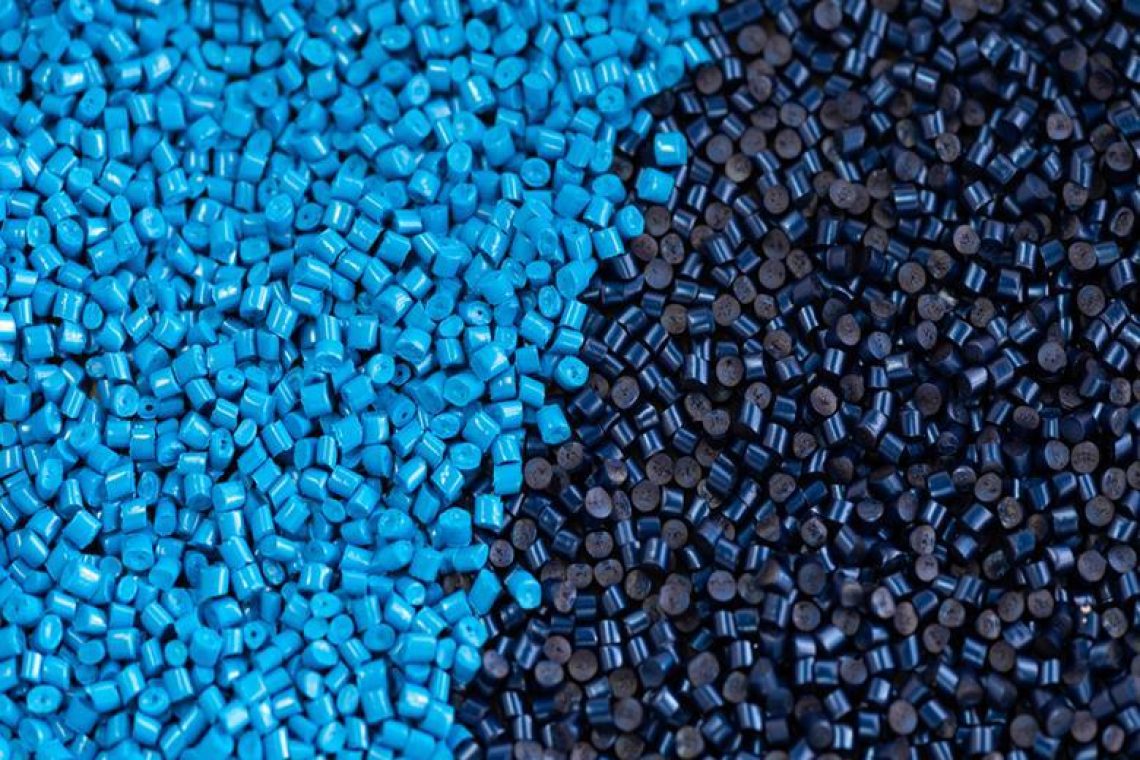Mastering Material Selection
In the intricate dance of injection moulding, material selection takes centre stage. The success of this manufacturing process hinges on choosing the right materials, each with its unique properties, characteristics, and applications. In this comprehensive guide, we dive deep into the world of material science, exploring the categories of thermoplastics and thermosetting plastics, understanding their attributes, and unveiling the art and science of material selection in injection moulding.
I. Thermoplastics: The Versatile Workhorses
A. Polyethylene (PE)
Polyethylene, known for its flexibility and chemical resistance, is a ubiquitous choice in injection moulding. Its ease of processing and recyclability make it a favourite for applications ranging from packaging to consumer goods.
B. Polypropylene (PP)
Polypropylene boasts high stiffness, low friction, and resistance to acids and bases. Widely used in automotive components and medical devices, PP is a versatile thermoplastic with a broad spectrum of applications.
C. Polystyrene (PS)
Offering clarity and cost-effectiveness, polystyrene finds its place in disposable consumer goods, packaging, and toys. Its ease of processing makes it an attractive option for moulding intricate shapes.
D. Polyvinyl Chloride (PVC)
PVC, known for its chemical resistance, durability, and versatility, is a staple in construction, healthcare, and automotive industries. Its ability to be rigid or flexible adds to its broad application spectrum.
II. Thermosetting Plastics: Resilience and Stability
A. Phenolic Resins
Phenolic resins, celebrated for their excellent heat resistance and dimensional stability, find applications in electrical components, automotive parts, and household items. Their ability to withstand high temperatures without losing structural integrity makes them invaluable in moulding.
B. Melamine
Renowned for its hardness, scratch resistance, and electrical insulating properties, melamine is a preferred choice for tableware, kitchenware, and decorative laminates. Its durability and aesthetic appeal contribute to its widespread use.
III. Factors Influencing Material Selection
A. Physical Properties
Strength: Different applications demand varying levels of material strength, influencing the choice between materials like reinforced polymers and high-strength plastics.
Flexibility: Considerations for flexibility become crucial, especially in applications where the final product requires a degree of bend or elasticity.
B. Chemical Compatibility
Understanding how a material reacts to different chemicals is vital. For applications in harsh chemical environments, selecting a material with high chemical resistance becomes paramount.
C. Heat Resistance
Certain applications, such as automotive components or electronic devices, require materials that can withstand high temperatures without compromising structural integrity.
D. Aesthetic Requirements
In consumer goods and electronics, the visual appeal of the final product is crucial. Material selection may prioritize factors like colour options, surface finish, and transparency.
IV. Advanced Material Considerations
A. Reinforced Plastics
The introduction of reinforcing materials like glass fibres enhances the strength and rigidity of the final product. This is particularly valuable in applications where structural integrity is paramount.
B. Bio-based and Recycled Materials
As sustainability gains prominence, the injection moulding landscape focuses more on bio-based and recycled materials. These environmentally friendly alternatives cater to the growing demand for eco-conscious manufacturing practices.
V. Overcoming Challenges in Material Selection
A. Balancing Cost and Performance
Material costs play a significant role in injection moulding. Achieving a balance between the desired performance characteristics and cost-effectiveness is an ongoing challenge.
B. Tooling Compatibility
Certain materials may necessitate specific tooling considerations. Compatibility between the selected material and the injection moulding tooling is critical to ensuring a seamless manufacturing process.
VI. The Future of Material Science in Injection Moulding
As technology advances, material science in injection moulding continues to evolve. Innovations in sustainable materials, bio-based alternatives, and advanced composites hold promise for a future where material selection becomes even more nuanced and tailored to specific needs.
VII. Conclusion
In the intricate dance of injection moulding, material selection emerges as both an art and a science. Understanding different materials’ properties, applications, and nuances empowers manufacturers to craft products that meet diverse needs. As we navigate the ever-evolving landscape of materials in injection moulding, the synergy between innovation and practicality will continue to shape the future of manufacturing. Stay tuned for more insights into the dynamic world of injection moulding.



